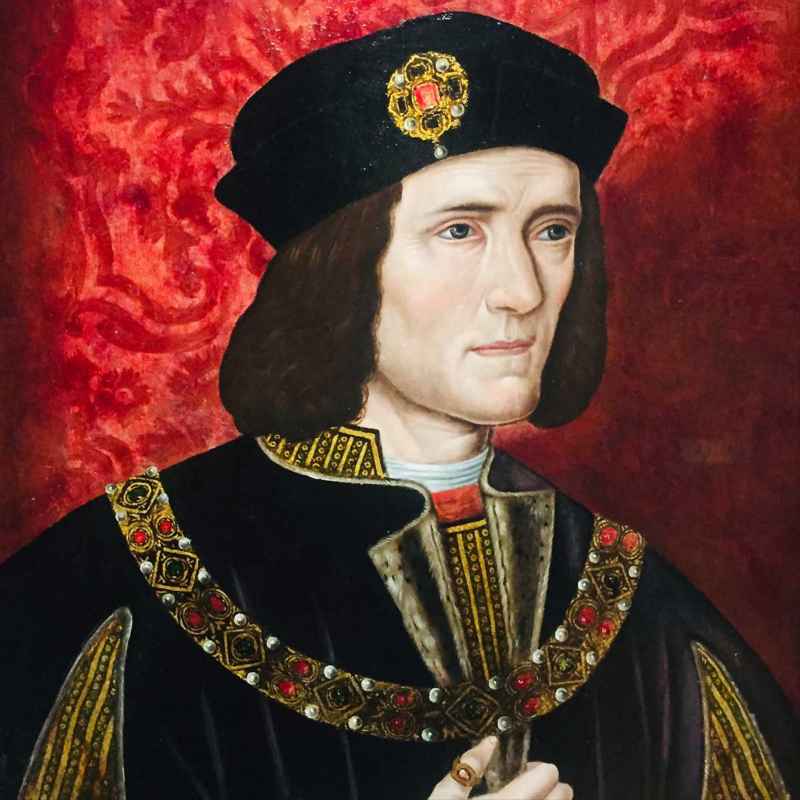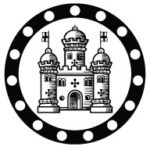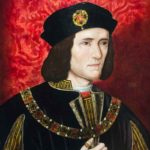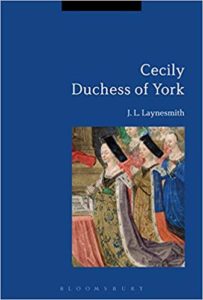Among the many kings who have stayed at Berkhamsted Castle, one of the most familiar is Richard III. He, and his brother Edward IV, both came to visit their mother, Cecily duchess of York, when she was living here. One of the letters Cecily wrote to Richard from Berkhamsted when he was still duke of Gloucester concluded with a timeless motherly complaint:
Son, we trusted you should have been at Berkhamsted with my lord, my son [ie Edward IV] at his last being there with us, and if it had pleased you to come at that time, you should have been right heartily welcome. And so you shall be when soever you will do the same, as God knows.
When Richard III acceded to the throne in June 1483, he was staying at Cecily’s London home, Baynard’s Castle. Cecily’s reaction to his accession is one of the many unknowns of that summer. There is evidence to suggest that some of the men in Cecily’s service at Berkhamsted had a small part in the duke of Buckingham’s rebellion against Richard III that autumn. But it seems that the king and his mother remained on good terms. In June 1484 Richard wrote a letter from Pontefract to Cecily at Berkhamsted, asking for her ‘daily blessing’ and for regular news from her ‘to my comfort’.
On Tuesday May 17 1485 Richard travelled from Windsor to stay with Cecily at Berkhamsted. Their topics of conversation very likely included his current plans to marry a Portuguese princess following the recent death of his queen. He left Berkhamsted that Friday on his way to Kenilworth. It was probably the last time his mother saw him before his death at the Battle of Bosworth on 22 August 1485.
After Richard III’s death, Cecily avoided any mention of him in her public documents – she always gave her title either as mother of Edward IV or ‘grandmother of the queen of England’ (Edward IV’s daughter Elizabeth had married the new king Henry VII). This seems to have been part of a broader campaign of building good relations with the new Tudor regime which protected not only Cecily’s own position but those in her service too. However, an intriguing memorial brass in Berkhamsted Church suggests that Richard III was not always remembered with shame at the castle. The brass is for Cecily’s servant, Robert Incent, who died of the sweating sickness shortly after Henry VII’s accession. His memorial was probably installed early in Henry VIII’s reign and appears to read:
‘Robert Incent … s[er]vant unto the noble pryncesse lady Cecyle duchesse of Yorke and mother unto the worthy kyng Edward the iiij and Richard the thyrde’.
It is possible that an odd swirl on the end of the ‘g’ of ‘kyng’ is actually an abbreviation mark for the letter ‘s’, which would mean Richard III too was being labelled a ‘worthy king’. If so, it is scarcely surprising that the designer cautiously ensured that the meaning was open to interpretation.
Further reading
Bloomsbury 2019
This is the first scholarly biography of Cecily Neville, duchess of York, the mother of Edward IV and Richard III. J. L. Laynesmith draws on a wealth of rarely considered sources to construct a fresh and revealing portrait of a remarkable woman, the only major protagonist to live right through the Wars of the Roses.
Winner of the 2018 Royal Studies Network Book Prize.
As an Amazon Associate, we earn from qualifying purchases.
Discover More
Dr Joanna Laynesmith
Joanna Laynesmith is a medieval historian and writer. Her biography of Cecily Duchess of York won the 2018 Royal Studies Network Book Prize. She has been a guest on In Our Time (BBC Radio 4) and Time Team (Channel 4)




